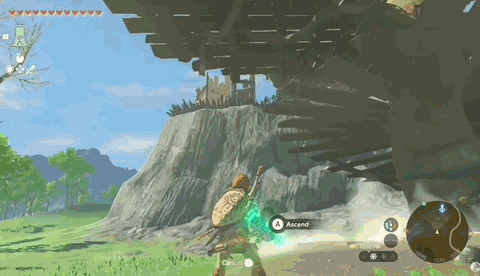RennanNT
Bob-omb
Yeah, and it's worth to remember that MK8 only had 1GB of RAM on the Wii U, while the next one will have 10~11GB. They should be able to hold a few different versions of a track and still have the headroom to make them prettier, bigger and/or more detailed, if that's the direction they want to go.As others have mentioned with Mario Kart, asset streaming doesn't really make sense for the game with the need to support split screen multiplayer, so if they did want to do something like this they'd probably go the Titanfall 2 route of just keeping both versions of the track in memory at the same time.
Last edited:






